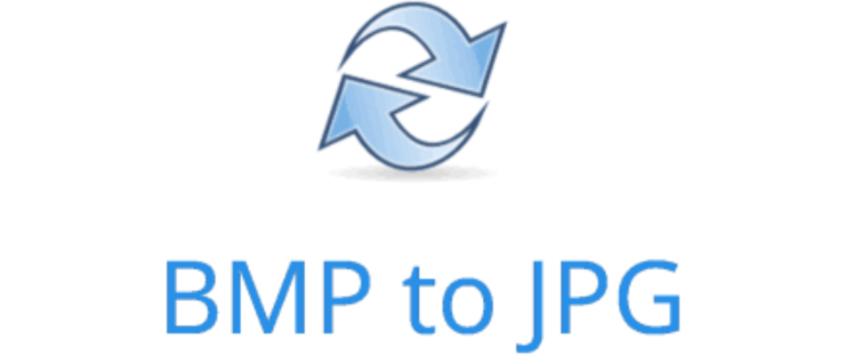
BMP to JPG Conversion: Transforming High-Quality Images into Compact Formats
Created on 6 October, 2025 • Image Manipulation Tools • 20 views • 2 minutes read
Converting BMP to JPG is an essential step for anyone looking to make large, high-quality images more practical for everyday use.
Image formats play a vital role in digital photography, design, and web performance. While BMP (Bitmap) images are known for their uncompressed quality, JPG (JPEG) files are preferred for their smaller size and easy sharing capabilities. Converting BMP to JPG helps users save space, speed up uploads, and maintain decent image quality. This article explains the importance of this conversion, its benefits, and how to perform it efficiently using different tools.
Understanding BMP and JPG File Formats
What Is a BMP File?
BMP, or Bitmap Image File, is a raster graphic format developed by Microsoft. It stores image data pixel by pixel, resulting in extremely high-quality visuals without compression. However, this also means that BMP files are large in size, making them less practical for online use. BMP files are often used in image editing, printing, or situations where quality preservation is more important than storage space.
What Is a JPG File?
JPG (or JPEG) stands for Joint Photographic Experts Group, the organization that created it. It is one of the most widely used image formats worldwide. JPG uses lossy compression, which reduces file size by slightly sacrificing image detail—something most viewers won’t notice. This makes JPG the ideal format for web content, email attachments, and social media sharing.
Why Convert BMP to JPG?
1. Reduce File Size
BMP images can be several megabytes each, even for small pictures. Converting BMP to JPG drastically reduces file size without visibly affecting image quality, making it perfect for saving storage and bandwidth.
2. Enhance Web Performance
Websites load faster when images are optimized. JPG files are smaller and easier to load, improving SEO rankings and user experience. Converting BMP to JPG ensures your images are web-friendly.
3. Improve Compatibility
Many devices, applications, and browsers have limited BMP support. JPG, on the other hand, is universally recognized across all platforms—Windows, macOS, Android, and iOS.
4. Easier Sharing and Uploading
Because JPG files are lighter, they are faster to upload and share via email or social media. This makes them ideal for photographers, marketers, and content creators.
How to Convert BMP to JPG Easily
1. Using Online Converters
Online tools like Convertio, CloudConvert, and ILoveIMG provide quick BMP to JPG conversions without installing software.
Steps:
- Upload your BMP file.
- Select “JPG” as the output format.
- Click “Convert.”
- Download your compressed JPG image.
These tools are simple, free, and suitable for most users.
2. Using Image Editing Software
Programs such as Adobe Photoshop, GIMP, or Paint.NET allow users to open BMP files and save them as JPGs. This method gives you more control over compression level, resolution, and color balance.
3. Using Built-In Tools (Windows Paint)
On Windows, simply open your BMP image in Paint, go to File > Save As, and choose JPEG picture. This built-in feature is fast and requires no third-party software.
Tips for Better BMP to JPG Conversion
- Adjust the quality slider to balance between file size and image clarity.
- Keep a backup of the original BMP file for future editing.
- Use an image compressor after conversion to further reduce file size.
- Always check your converted image for any visual loss or artifacts.
Conclusion
Converting BMP to JPG is an essential step for anyone looking to make large, high-quality images more practical for everyday use. This conversion reduces storage needs, improves compatibility, and speeds up digital workflows—all while maintaining impressive visual quality. Whether you use online tools or desktop software, the process is fast, simple, and beneficial for both personal and professional use.